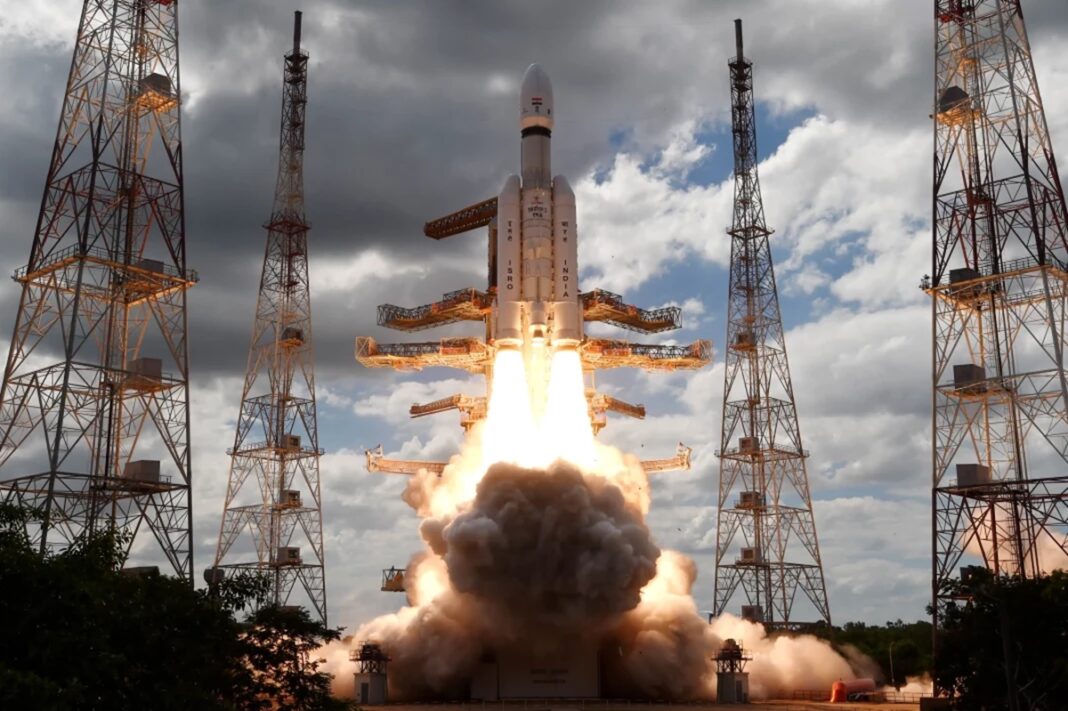X: @the_news_21
On Saturday, the Indian Space Research Organization (ISRO) achieved another milestone as the INSAT-3DS meteorological satellite, riding aboard a Geosynchronous Launch Vehicle (GSLV) rocket, soared into space from Sriharikota, Andhra Pradesh.
In its 16th mission, the GSLV rocket flawlessly deployed the INSAT-3DS satellite into its intended orbit, marking a significant achievement for ISRO’s space exploration endeavors. ISRO Chairman S Somanath, extending his congratulations to the team, confirmed the successful deployment of solar panels, a crucial step in ensuring the satellite’s functionality.
The primary objective of the INSAT-3DS mission is to sustain and enhance the services currently provided by the operational INSAT-3D and INSAT-3DR satellites. It aims to bolster meteorological observations, monitor land and ocean surfaces for weather forecasting and disaster warning, and offer Satellite Aided Search and Rescue Services.
Key objectives of ISRO’s INSAT-3DS mission include:
- Earth Monitoring: The satellite will monitor Earth’s surface, oceans, and environment from various meteorological perspectives.
- Atmospheric Analysis: It will provide vital information on diverse atmospheric conditions through vertical profiles.
- Data Collection: INSAT-3DS will manage data collection and dissemination from Data Collection Platforms (DCPs), enhancing weather forecasting capabilities.
- Search and Rescue Support: The satellite’s SAS&R transponder will relay distress signals and alert detections, contributing to global search and rescue services.
The payloads onboard ISRO’s INSAT-3DS satellite include:
- Imager and Sounder: Equipped with a 6-channel Imager and a 19-channel Sounder, dedicated to advanced meteorological observations.
- Communication Payloads: Featuring critical communication payloads, including the Data Relay Transponder (DRT).
- Data Collection: Utilizing the DRT to receive data from automatic Data Collection Platforms and Automatic Weather Stations.
- SAS&R Transponder: Playing a crucial role in relaying distress signals and alert detections from beacon transmitters.
ISRO’s next mission, confirmed by the chairman, is the joint mission with the National Aeronautics and Space Administration (NASA) named NISAR. This collaborative Earth-observing mission aims to utilize two radars, enhancing observational capabilities beyond what a single radar could achieve, marking yet another significant stride in space exploration.






